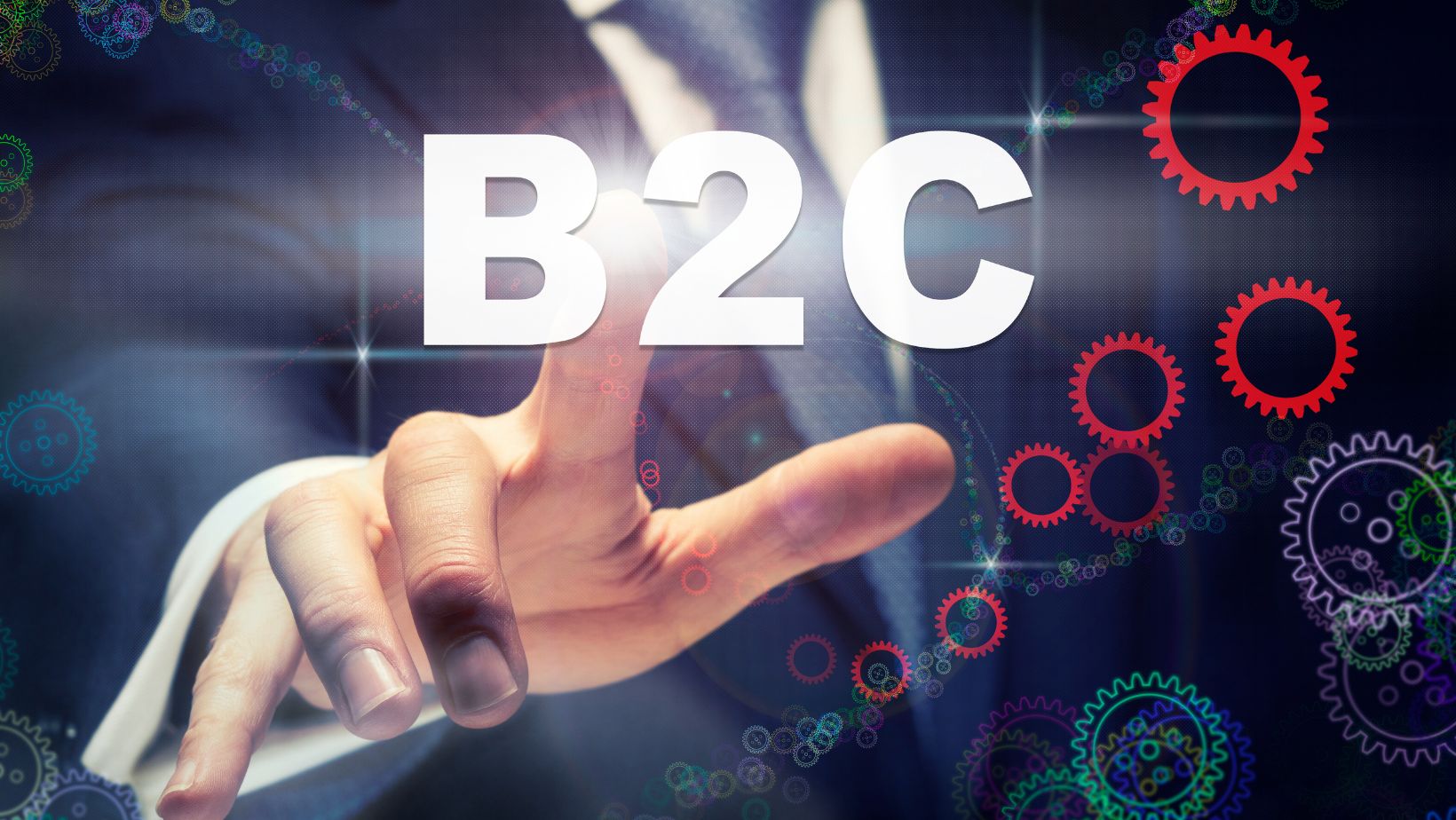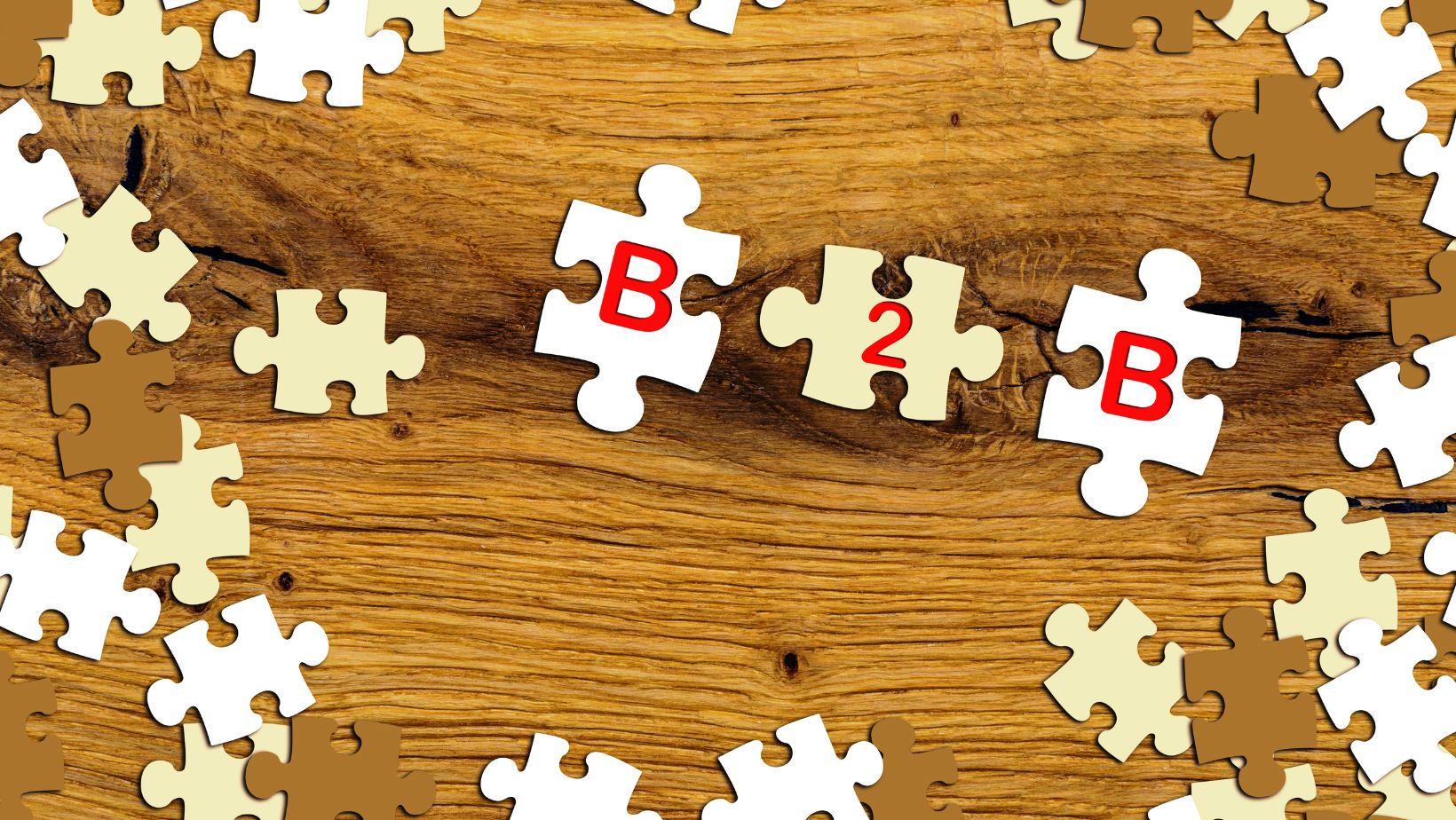Building B2B Marketplace vs B2C Marketplace

The differences between B2B and B2C marketplaces are fundamental. They influence how businesses interact with their customers and how the platforms, including the dynamic pricing engine, are developed and managed.
Let’s look at the distinct approaches required to build a marketplace, both B2B and B2C, with a focus on targeting, marketing, and most importantly, development.
Another important aspect to explore is what management systems and strategies that enhance the effectiveness of both marketplace types are universal, we’ll learn that too.
What Makes B2B and B2C Different from One Another?
The difference between B2B and B2C marketplaces is the most noticeable in the targeting and marketing aspects.
Business-to-Business
Business-to-business marketplaces target businesses that seek products or services to enhance their operations. This determines their marketing strategy. B2B marketplaces focus on relationship-building with an emphasis on:
- Product specifications
- Bulk pricing
- Long-term contracts
B2B’s marketplace sales cycle is longer and more complex, too, as it involves multiple decision-makers and higher-order values.
Business-to-Consumer
B2C marketplaces, on the other hand, target individual consumers that look for products for personal use. B2C’s marketplace strategy is driven by emotional appeal and convenience.
Even though competitive pricing, heavy use of social media, and influencer marketing are yet other distinctive features of B2C’s marketplace marketing strategy, they’re also present in business-to-business marketplace marketing strategy.
Sales cycles here are shorter, the purchases are more impulsive, and order values are lower.
The e-commerce industry is fiercely competitive, so a swift yet effective development process is critical. Rapid time to market allows you to capitalize on market opportunities.
To expedite the whole process, many consider having ecommerce software development services by their side. That way, you speed up the development and get a well-optimized product that meets market demands.
Why Is the Development of a B2B Marketplace So Complex?
Developing a B2B marketplace differs from creating a B2C platform. The complexity and scale of the transaction, user roles, and customization requirements are the main reasons why it is that way.
The user roles and permissions in a B2B marketplace accommodate complex organizational structures. It means there’s a need for hierarchical roles such as buyers, approvers, managers, and administrators. Each of these roles has distinct permissions and access levels to perform specific actions.

Technical implementation of this involves designing a Role-Based Access Control system, or RBAC. The system uses policies to assign permission to roles rather than individuals which simplifies management as the organization grows.
Customization Is Important in a B2B Marketplace
Customization in B2B marketplaces is not optional but essential. Only a highly customizable solution can satisfy your specific business needs.
For a B2B platform to handle features like bulk ordering or volume discounts, it must have a dynamic pricing engine that’s capable of calculating discounts in real time. For customization we can also refer to unique product catalogs and, of course, pricing for different clients that are managed through customer segmentation and pricing modules.
B2B Transactions Go Big
Larger transactions and extended negotiation periods require your B2B marketplace to be capable of handling complex pricing negotiation and contract terms.
A buyer might request a quote for a large order. The seller reviews and modifies before both parties agree on a final price. It may sound easy, but this kind of process requires a system that manages multiple quote versions, one that tracks changes and maintains detailed records of all communications.
After the price is agreed, the platform must possess advanced payment solutions that support various payment terms and methods. It can be net-30 or net-60 payment schedules, for example. They are essential to accommodate business needs. Transaction handling must be flawless, and all financial activities ought to be secure, traceable, and compliant with industry standards.
What Is the Priority in B2C?
User experience in a B2C marketplace is among the most important aspects of success. User-friendly interface, which means intuitive navigation and a responsive design that works across various devices and screen sizes is what makes the experience consistent.
These are the things your platform must have to ensure an enjoyable user experience:
- Swift and straightforward checkout process
- Easy-to-use search and filter options
- Clear calls to action
A good example of a feature that enhances user experience would be AJAX-based product search. The search gives real-time suggestions and results based on your actions.
Payment On a B2C Platform Must Be Simple and Diverse
You can’t expect success without payment gateways that give quick and easy transactions to customers. Integration with popular payment processors, like PayPal or Stripe, together with local payment methods is an absolute must.

Doing that comes together with the implementation of secure payment APIs and compliance with PCI DSS standards to protect those bytes of sensitive financial information.
Other features that make purchasing better and improve user experience as a whole include:
- Having “saved payment methods” feature
- One-click checkout
- Support for digital wallets (Apple Pay or Google Wallet, for example)
What Systems Fit Both Types of Marketplaces?
Certain management systems ensure efficient operations of both B2C and B2B marketplaces:
- Customer Relationship Management (CRM) that manages interactions with customers and clients
- Various inventory management systems that ensure stock availability, manage supply chains, and prevent overstocking
- Order Management System (OMS) that streamlines the order processing workflow
Effective Strategies for Each Type of Marketplace
In B2B, Account-Based Marketing (ABM) is among the most effective strategies. It tailors marketing efforts to target specific high-value accounts. Your 24/7 priority, however, should be investing in long-term relationships. Regular communication and exceptional service will do their job.
B2C marketplaces mostly see social media platforms and personalization has their key. They leverage social media to engage with customers, promote products, and drive traffic. Personalization goes on top of everything, meaning that the data collected is used to offer personalized recommendations and unique shopping experiences.
Conclusion
Understanding the difference between B2B and B2C marketplaces helps build a platform that meets your business goals. B2Bs are more complex in terms of features, and B2Cs require more attention in terms of user experience. Whatever your choice is, knowledge, the right strategies, and efficient development will help you outrun the competition.
-
 Personal Finance1 year ago
Personal Finance1 year agoHow Do I Find My UCAS ID Number?
-
 Success6 years ago
Success6 years agoConsistency: The Key Ingredient to Success
-
 Personal Finance1 year ago
Personal Finance1 year agoWhat Does Conditionally Approved Mean For An Apartment?
-
 Motivation3 years ago
Motivation3 years agoHow To Become a More Organized Person?
-
 Others5 years ago
Others5 years agoWork Health and Safety: 8 Reasons to Maintain a Clutter-free Office
-
 Entrepreneurs4 years ago
Entrepreneurs4 years agoWhy Diversity is Key in Business Marketing
-
 HK Pools1 year ago
HK Pools1 year agoThe HK Pools Forum Comunity Jos Markotop 2D Warna Kuning – A Great Way to Stay Connected
-
 Sport2 years ago
Sport2 years agoWhat Makes Soccer Betting So Great?



















